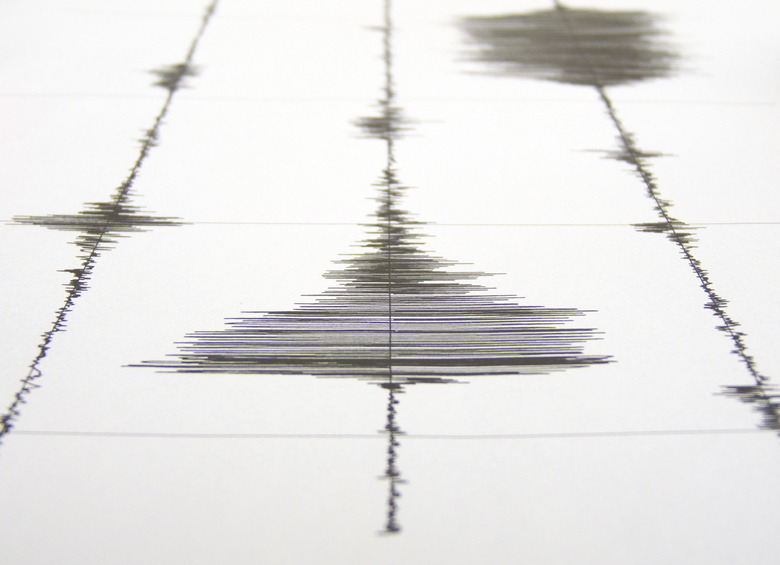How To Convert Hertz To Milliseconds
Scientists use the hertz unit to measure the frequencies of many kinds of cyclic phenomena such as radio waves or the relatively slower vibrations in earthquakes. One hertz, abbreviated Hz, indicates a single cycle or vibration per second; 1,000 cycles per second is 1 kilohertz, or 1KHz, and 1,000,000 cycles per second is 1 megahertz, or 1 MHz. Using simple arithmetic, you can convert frequencies in hertz to milliseconds of time.
Conversion Process
Conversion Process
To convert hertz to milliseconds, first determine the duration or period of one vibration by dividing one second by the frequency in hertz. For example, for a 500 Hz signal, the duration of one cycle is 1/500 or .002 seconds. To convert this figure to milliseconds, multiply it by 1,000. From the example:
\(0.002\text{ seconds}\times 1000\text{ milliseconds/seconds}=2\text{ milliseconds}\)
Each cycle in a 500 Hz signal takes 2 milliseconds to complete.
References
Cite This Article
MLA
Papiewski, John. "How To Convert Hertz To Milliseconds" sciencing.com, https://www.sciencing.com/convert-hertz-milliseconds-6608111/. 31 October 2020.
APA
Papiewski, John. (2020, October 31). How To Convert Hertz To Milliseconds. sciencing.com. Retrieved from https://www.sciencing.com/convert-hertz-milliseconds-6608111/
Chicago
Papiewski, John. How To Convert Hertz To Milliseconds last modified March 24, 2022. https://www.sciencing.com/convert-hertz-milliseconds-6608111/
